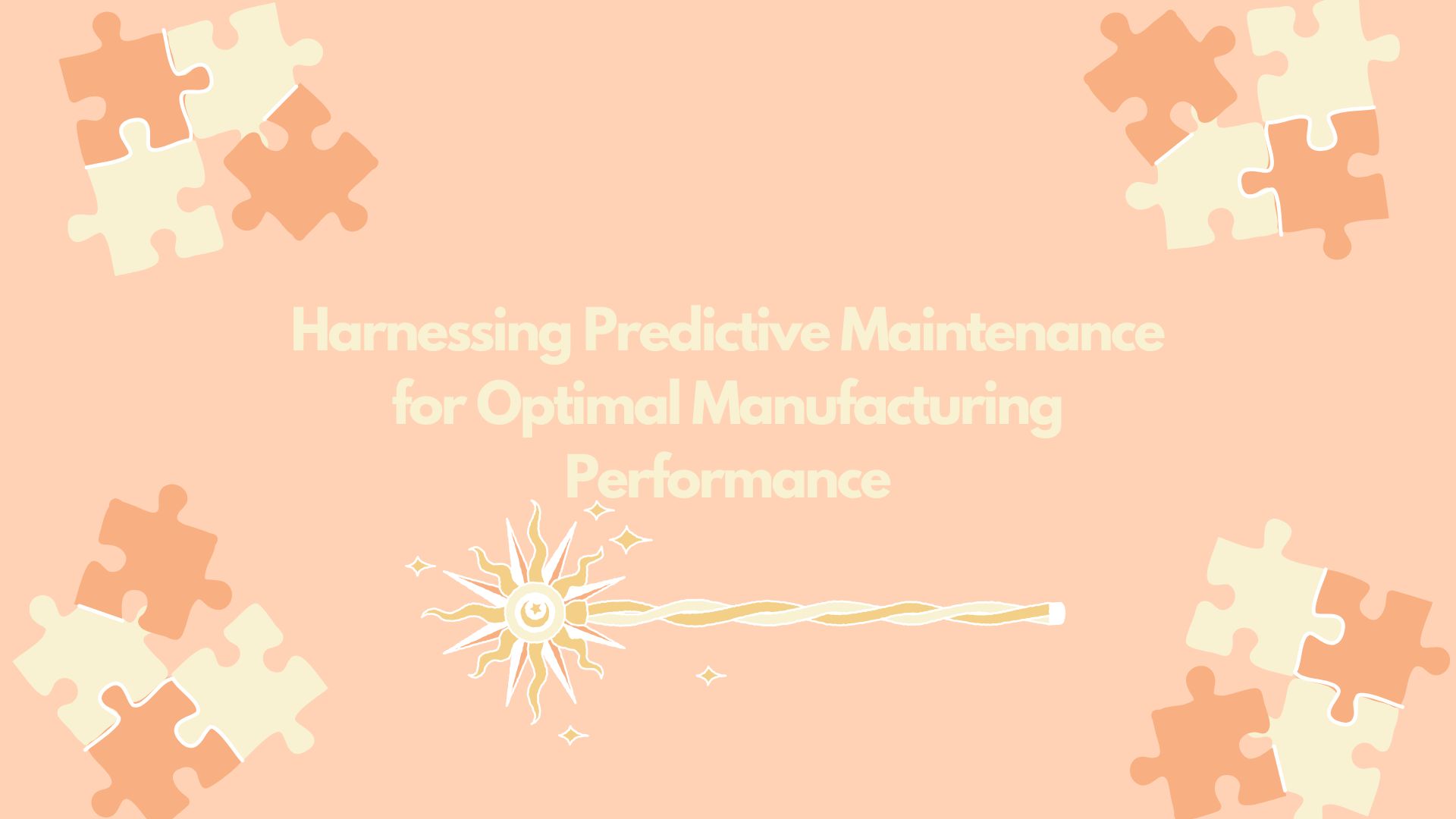Introduction
In the fast-paced world of manufacturing, equipment downtime can be costly and disruptive. Predictive maintenance, a proactive approach to maintaining machinery, leverages data and advanced analytics to predict and prevent equipment failures before they occur. This blog explores how predictive maintenance is transforming manufacturing operations, enhancing efficiency, and reducing costs.
What is Predictive Maintenance?
Predictive maintenance involves using data analysis tools and techniques to detect anomalies in your equipment and processes, allowing you to fix issues before they result in failure. It relies on condition-monitoring equipment to assess the performance of critical components in real-time.
Core Elements of Predictive Maintenance
- Condition Monitoring: Continuous or periodic measurement and recording of machine conditions using sensors and IoT devices.
- Data Collection: Gathering data on various machine parameters such as vibration, temperature, and pressure.
- Data Analysis: Using advanced analytics and machine learning to analyze data and identify patterns that indicate potential failures.
- Predictive Algorithms: Developing and utilizing algorithms to forecast when maintenance should be performed to avoid unexpected equipment failures.
Benefits of Predictive Maintenance
- Reduced Downtime: Anticipating failures before they happen reduces unexpected downtime and maintains continuous operations.
- Cost Savings: Lower maintenance costs by addressing issues before they escalate into major problems.
- Extended Equipment Life: Regular maintenance based on actual equipment condition prolongs the lifespan of machinery.
- Improved Safety: Preventing equipment failures reduces the risk of accidents and ensures a safer working environment.
Implementing Predictive Maintenance
- Assess Current Maintenance Practices: Evaluate your current maintenance strategies and identify areas for improvement.
- Invest in Technology: Equip your machinery with sensors and IoT devices to monitor conditions in real-time.
- Develop Predictive Models: Collaborate with data scientists to create predictive algorithms tailored to your equipment and processes.
- Train Staff: Ensure your maintenance team is trained to interpret data and use predictive maintenance tools effectively.
- Continuous Improvement: Regularly review and refine your predictive maintenance strategies based on performance data and feedback.
Case Study: Predictive Maintenance at [Company Name]
[Company Name], a leading manufacturer of industrial machinery, implemented a predictive maintenance program with impressive results:
- 30% Reduction in Downtime: Real-time monitoring and predictive analytics minimized unexpected equipment failures.
- 20% Maintenance Cost Savings: Addressing issues proactively reduced the need for costly emergency repairs.
- Increased Equipment Lifespan: Optimized maintenance schedules extended the operational life of critical machinery.
Conclusion
Predictive maintenance is revolutionizing manufacturing by providing a proactive approach to equipment upkeep. By leveraging data and advanced analytics, manufacturers can reduce downtime, save costs, and enhance the longevity of their machinery. As the industry continues to evolve, adopting predictive maintenance will be crucial for maintaining optimal performance and competitive advantage.









